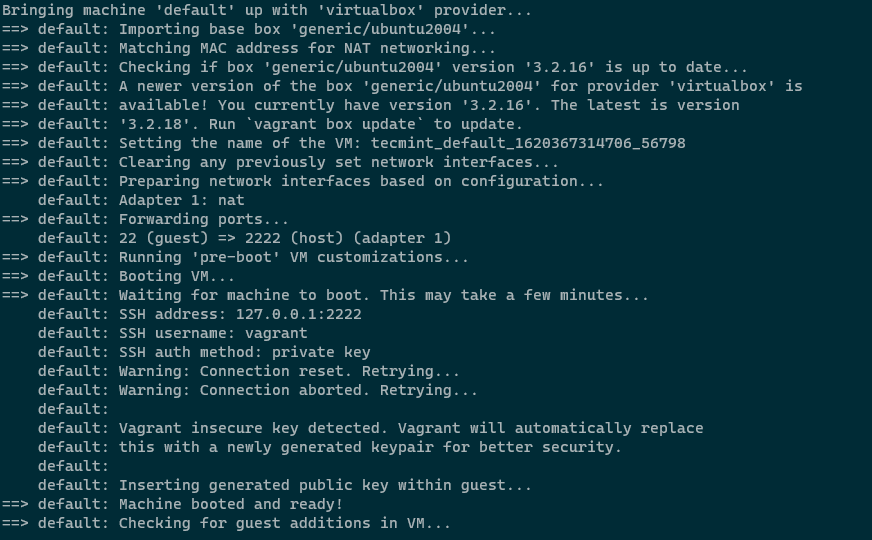
In the Create a Bucket dialog box, do the following:.


If you already have a bucket and want to use it, you can use it instead of creating a bucket. In first step we need to create an S3 bucket or we can use an existing one, you can create an Amazon S3 bucket for storing the exported instances and grant VM Import/Export permission to access the bucket.

However, when it comes to exporting AMI's there are limitations you can find them in the following Link. In this post we will show a way to pass an AWS EC2 AMI to vmdk format to be able to use it in VirtualBox and Vagrant, in this tutorial we used an Amazon Machine Image created by the community with Debian Jessie as an example.


 0 kommentar(er)
0 kommentar(er)
